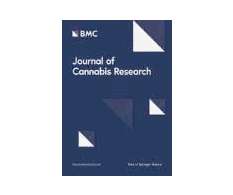Perfecting cannabis with Michael Backes
The Cannigma
APRIL 7, 2022
CP: It’s so important to try to deliver a consistent product because cannabis is an agricultural product and there’s a lot of turnover in the dispensary, it can be hard to know whether you’re going to get a consistent experience even if the name is the same from a different cultivator, the name of the strain.













Let's personalize your content